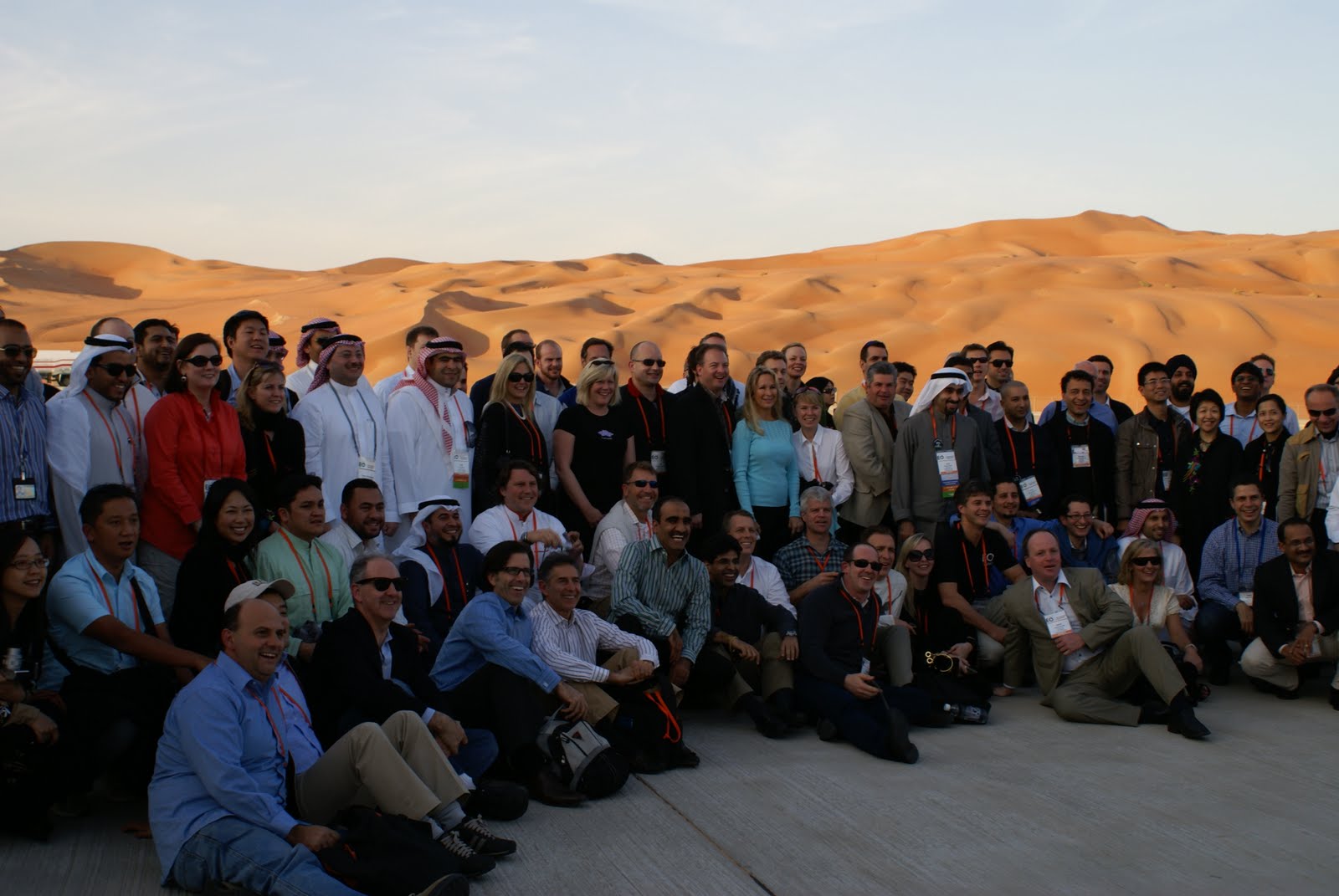Welcome to Extremistan, Land of the Black Swan…
After the last blog post one of our project managers, Taryn, asked me “If you can’t predict a Black Swan, then how do you stay away from the negative ones, and vice versa, how do you put yourself in the path of positive ones?”
To answer this question, you have to understand the two types of environments that exist in the world of the Black Swan. Taleb calls them Mediocristan and Extremistan, and they are defined as:
Mediocristan …”When your sample is large, no single instance will significantly change the aggregate or the total. The largest observation will remain impressive, but eventually insignificant, to the sum.” (p.32, The Black Swan)
Another way to look at this is non-scalable types of events. Examples are those such as a person’s weight and height, or the non scalable income of a baker, beautician, or a massage therapist. You don’t grow 6 inches or gain 100 pounds in a day…and careers where a standard amount of money is exchanged per transaction are Mediocristan, and don’t subject you to a Black Swan event.
Extremistan…”Inequalities are such that one single observation can disproportionately impact the aggregate or the total.”(p.33, The Black Swan) This is a scalable event like wealth, book sales, planet size, and financial markets. Also in this environment, a few can take all the winnings, or a negative might totally wipe you out. The banking losses from the 1982 banking crisis wiped out all the collective profits made by banks in the past 200 years. In Extremistan you are subject to a Black Swan.
What all this means is that, when you know the environment that you are living in and if it is subject to a non-scalable or scalable event, you will know the potential of the risk. If your work is like an orthodontist (non-scalable), you can make a nice living over a long period of time, but no single day will dramatically change your income total. If you are an author (scalable), the masses end up working 2nd jobs while a few will experience Black Swan events like J.K. Rowling.
Our software company makes most of its money from building custom software products for clients, a non-scalable income. About 20% of our efforts, however, are spent building products that we put out in the market place. This is scalable and subjects us to a positive Black Swan if they were to go viral. This is a controlled way to manage for a positive Black Swan.
Now you know what a Black Swan is…it’s time to figure out if you’re living in Mediocristan or Extremistan. If you’re living in Extremistan…what can you do to move away from the negative Black Swans and put yourself in the path of a positive one?







